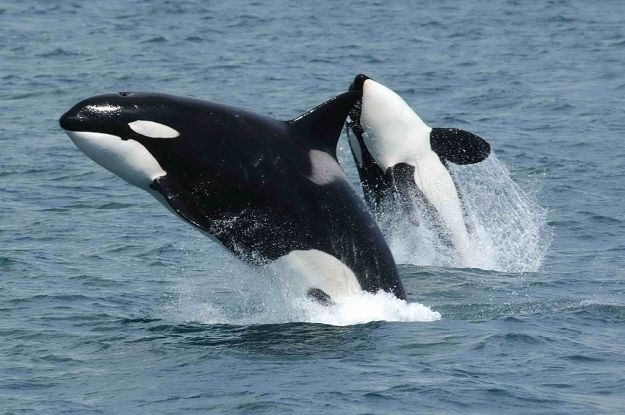The following post is one of a series previewing the research that will be presented at the in Rome, Italy (13-17 May 2018).
A guest post by Andrew C. Johnson
Over a nearly 30 year career in environmental science I have witnessed scares over pesticides, endocrine disruptors, pharmaceuticals, nanoparticles, and now microplastics. The pattern is largely the same, a chemist detects the substance, and then laboratory tests confirm that some toxic properties exist. Further studies are then carried out in the laboratory at what are called ‘environmentally relevant concentrations,’ which appear to clinch the deal. Catastrophe is around the corner, if it hasn’t happened already.

White-tailed eagle grabbing a fish near Raftsund, Lofoten/Norway Photo by Christoph Müller CC-BY 4.0
But what is really happening to exposed wildlife? Why do we not seem to ask this question? Could it be that wildlife exposed to our current fashionable substance of concern are prospering, whilst others might be suffering due to something we have not examined yet? Even worse, existing problems for wildlife might be due to a chemical, such as a metal, which we have lost interest in due to their having gone out of fashion?
Rather than being chemical driven, let us learn to re-connect with trends in wildlife populations and examine their responses to the place and timing of exposure.
Session: Can trends in wildlife populations revolutionise our understanding of the impacts of chemicals on the environment?
15 May 2018 | 8:30 a.m.–10:05 a.m. | Room E

Two mammal-eating “transient” killer whales photographed off the south side of Unimak Island, eastern Aleutian Islands, Alaska. Photographer: Robert Pittman Published courtesy of NOAA.
Like this:
Like Loading...



